Classical Kahn
July 9, 2018
They say, “never meet your heroes.”
I met my hero, albeit in the form of a piece of architecture, and it was…bittersweet. The Salk Institute for Biological Studies by Louis Kahn has sat at #1 on my list of buildings to see in America for the last three or so years. I was recently fortunate enough to be in La Jolla on assignment photographing another brutalist gem and couldn’t pass up the opportunity to visit my third Kahn of the year.
First of all, I want to confirm that it is a stunning piece of design on an equally beautiful site. It is one of those places that soothes the soul and can be meditative to some. The sound of the moving water, the symmetry, the smooth surfaces, the ocean just beyond, all add to the serenity of Salk. It is every bit as enjoyable as I imagined. Ideally, I would have liked to see and photograph it early in the morning and/or late in the evening, but it is only open to visitors during normal business hours. And as I mentioned, I had other obligations that day and only had a small window of time to run (or rather, hobble since I tore my achilles a few day prior) over to visit Salk. Fortunately, the clouds diffused the high noon sun that I would have otherwise had to battle, and I was able to walk away with some pictures that I’m relatively happy with.
For those who aren’t aware, the Salk Institute for Biological Studies was established in 1960 by Jonas Salk, who developed the Polio vaccine, as a place for researchers to further study a number of life sciences. Jonas Salk knew he wanted an architecturally significant building, but what he got was one of the most widely acclaimed and consistently praised projects in America. It was completed in 1965 and recently received a renovation in which many of the windows were repaired or replaced. It was designated a historical landmark in 1991 and a year later, won the prestigious 25 year award from the AIA.
In true classicist Kahn fashion, Salk is a symmetrical plan using a simple, yet rich mix of materials. Throughout the entire project, you will almost exclusively see only concrete, travertine and teak. The simplicity of materials is a Louis Kahn hallmark and is one of the ingredients in the monumentality often associated with his buildings. It is considered Brutalist for it’s extensive use of raw concrete, but it possesses a humanism that is contrary to many Brutalist buildings and is difficult to put into words.
I walked from the UCSD campus nearby to Salk, where the nice gentleman at the gate confiscated my tripod, which I 100% understand and complied with. I very rarely handhold while photographing architecture, and doing so with a geometric haven like this put me at a bit of a handicap, not to mention my torn achilles acting as a literal handicap. I was also there during the lunch hour, meaning the light wasn’t optimal, and there was a fair amount of people coming and going. After being there for a couple minutes and becoming aware of my frustration, I sat down on the warm travertine in an attempt to gather my thoughts and realize how lucky I was just to be there. I watched visitors take in the spectacle and employees cross the courtyard, as they’ve probably done a million times and were simply going to the copier or passing a message to Bob. Though something in their faces told me they were fully aware of the significance of their workplace. I proceeded to wander the courtyard, composing pictures as carefully as I could, while also just trying to enjoy the moment. The pictures I came away with are good enough, but the memory of that day is so much more.
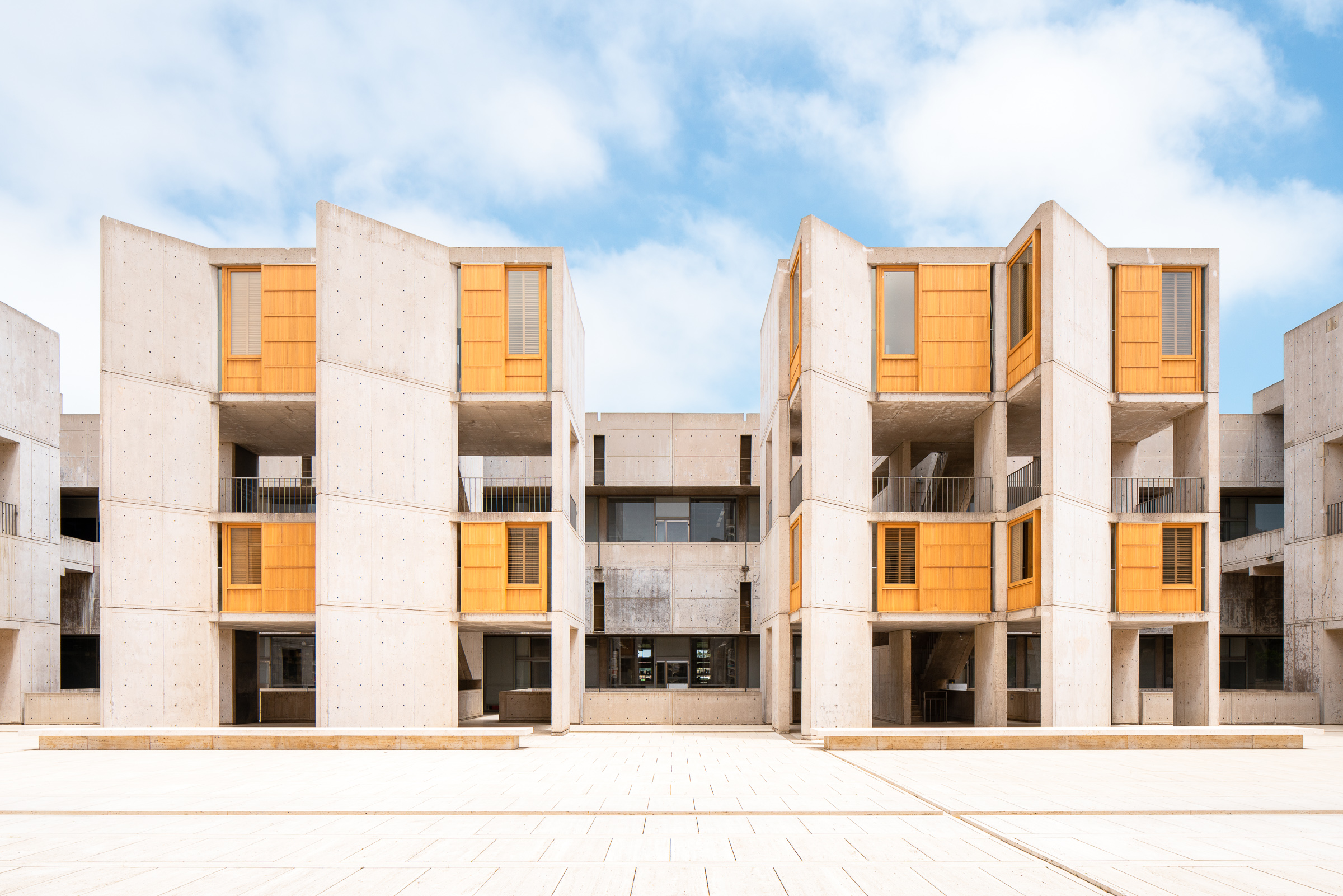
Salk Institute for Biological Studies in La Jolla, CA by architect Louis Kahn. Photo by Jason R. Woods.
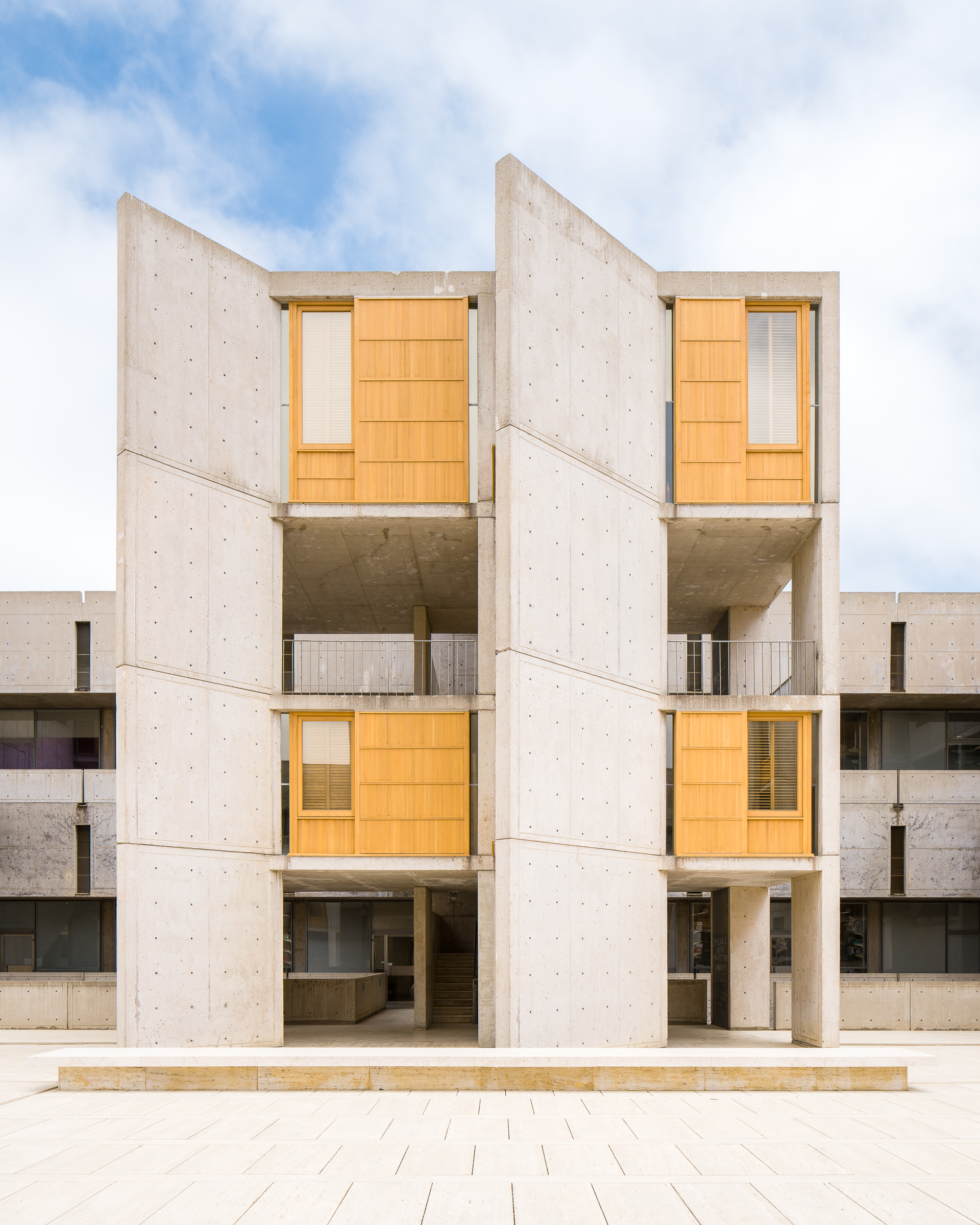
Salk Institute for Biological Studies in La Jolla, CA by architect Louis Kahn. Photo by Jason R. Woods.
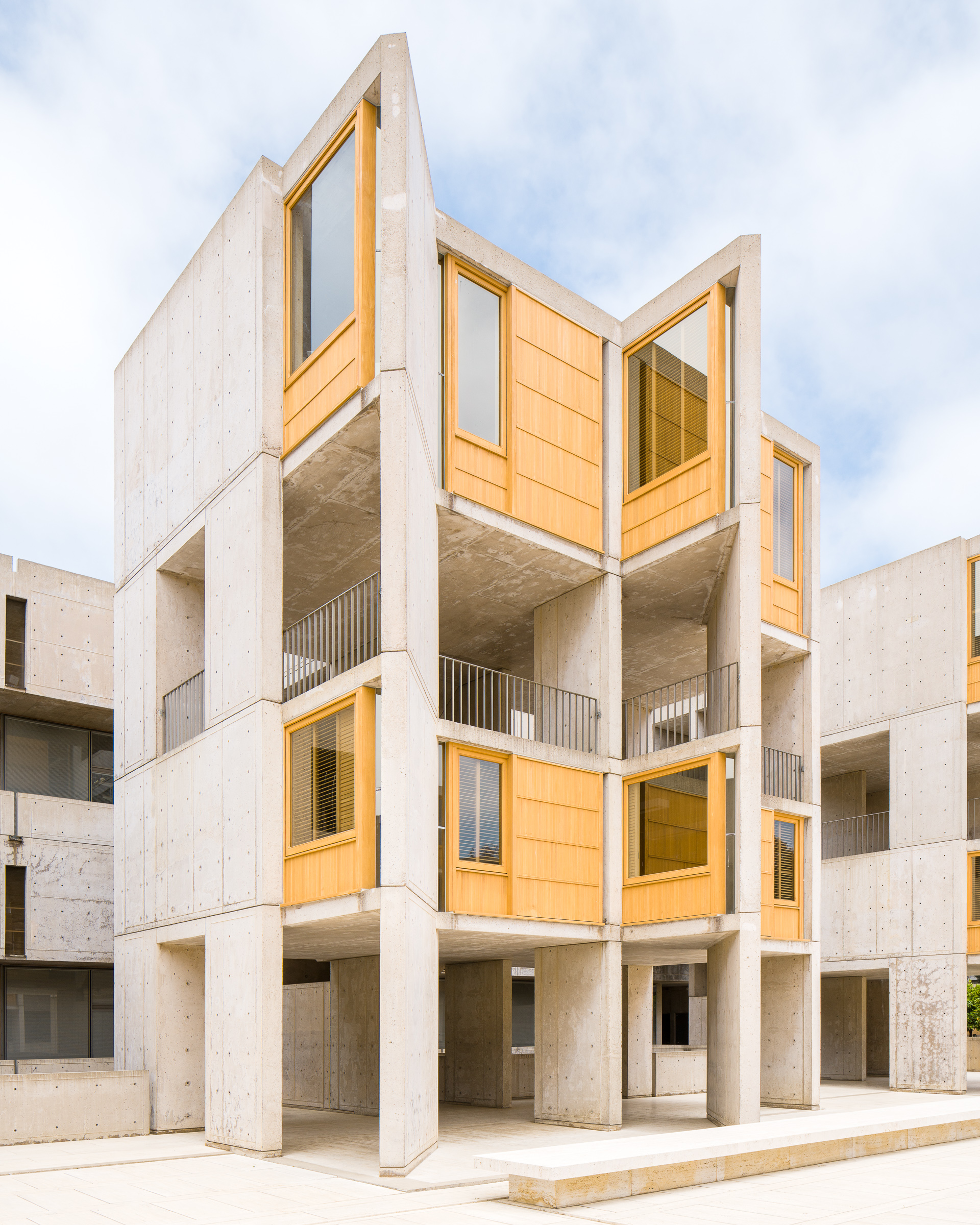
Salk Institute for Biological Studies in La Jolla, CA by architect Louis Kahn. Photo by Jason R. Woods.
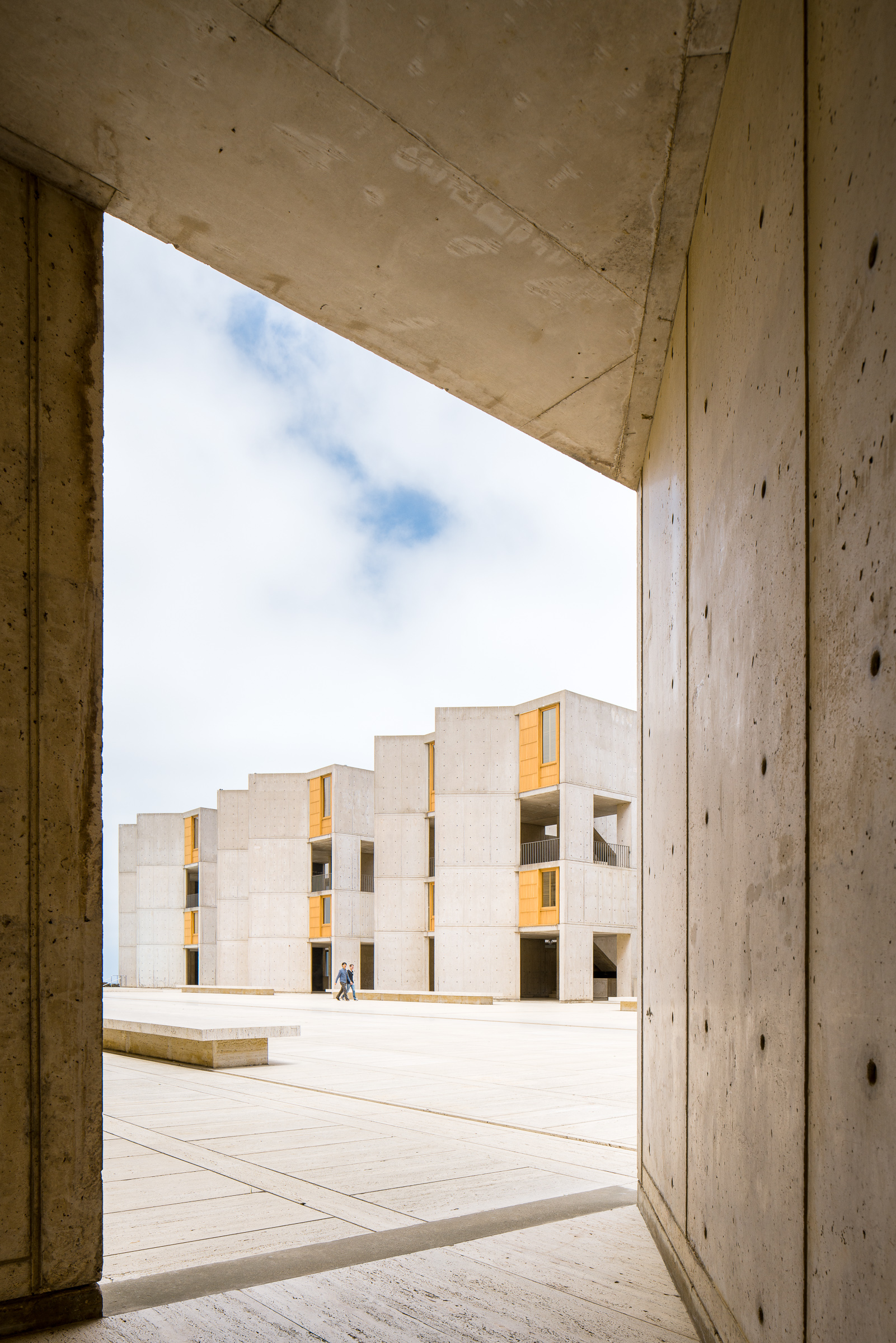
Salk Institute for Biological Studies in La Jolla, CA by architect Louis Kahn. Photo by Jason R. Woods.
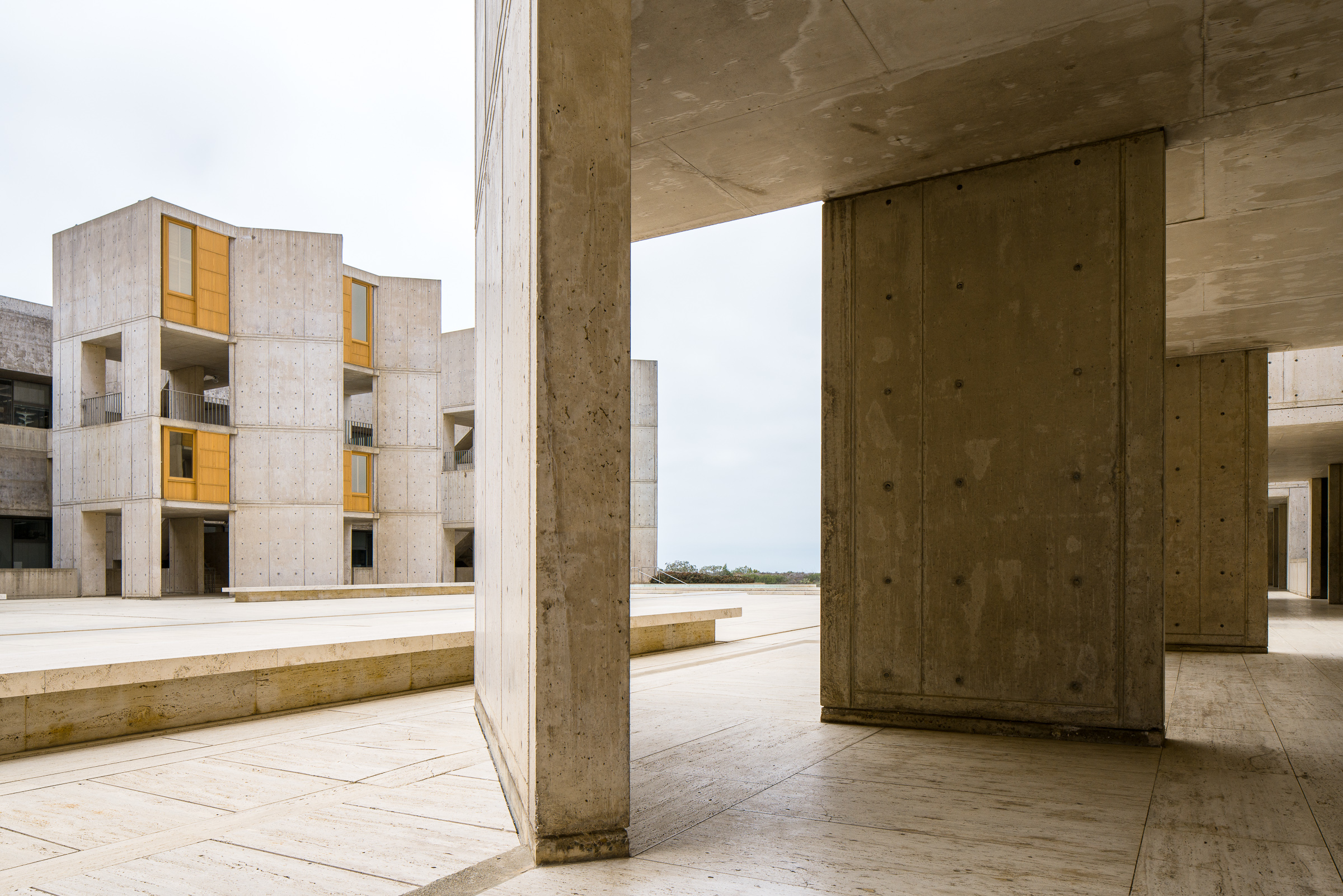
Salk Institute for Biological Studies in La Jolla, CA by architect Louis Kahn. Photo by Jason R. Woods.
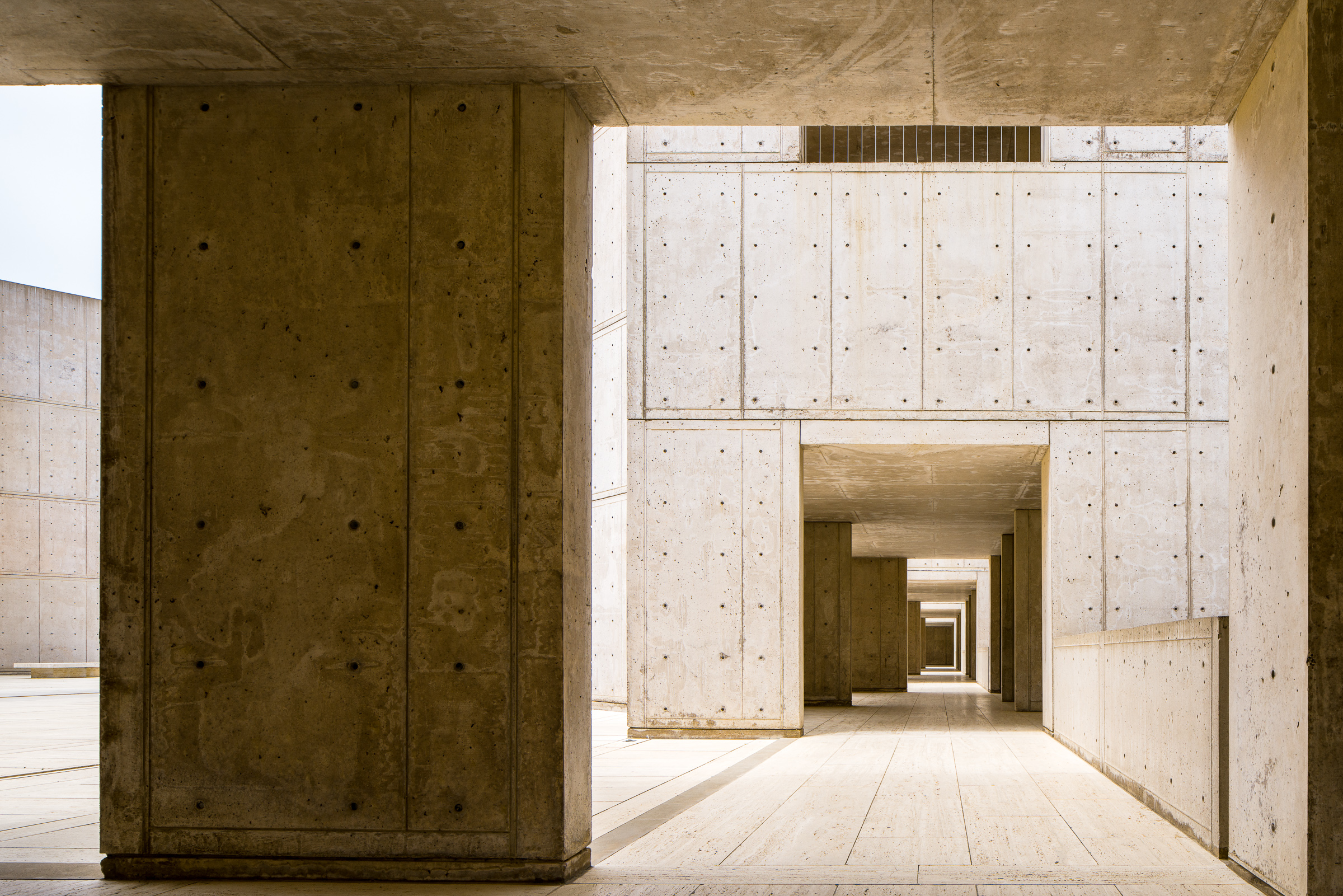
Salk Institute for Biological Studies in La Jolla, CA by architect Louis Kahn. Photo by Jason R. Woods.
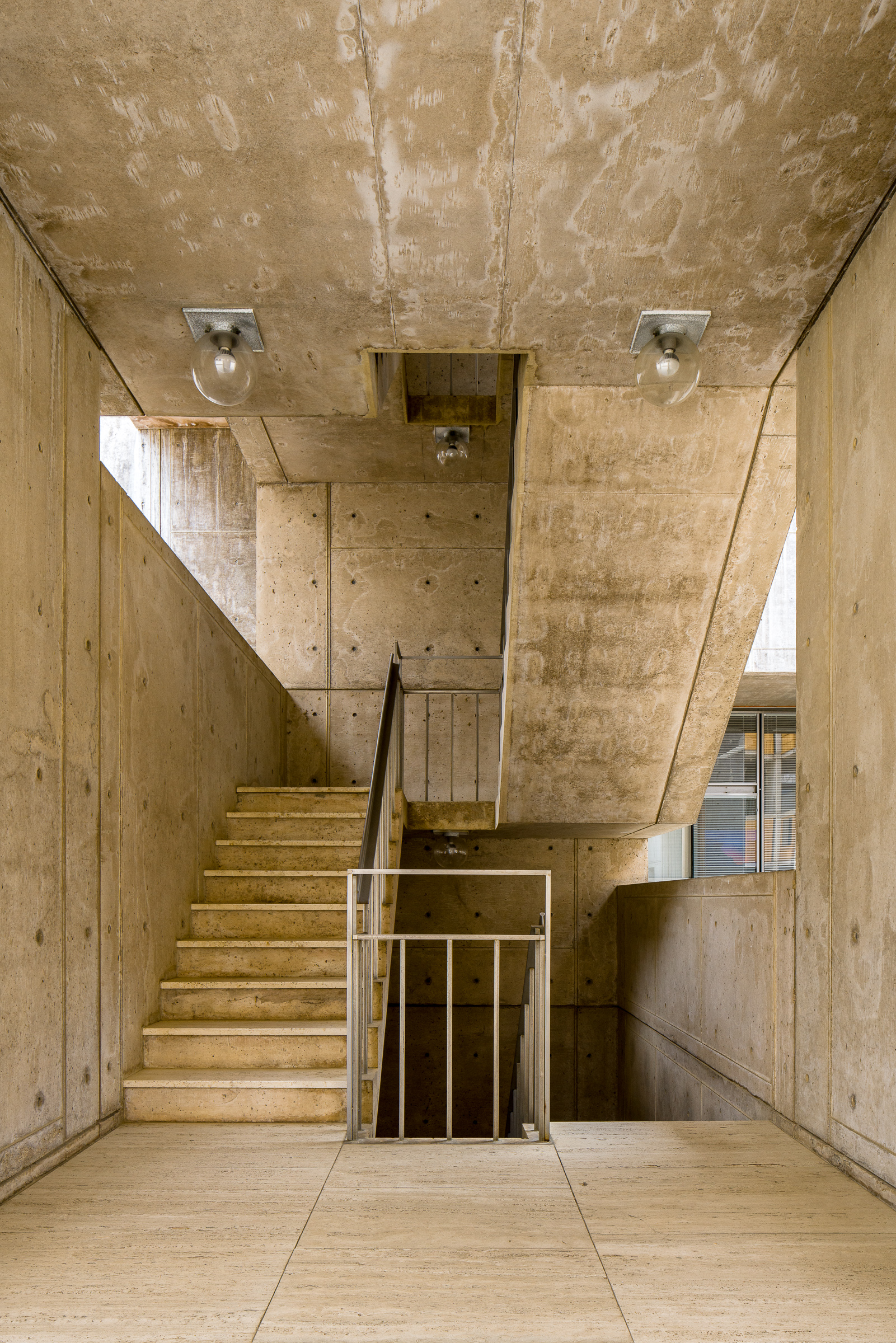
Salk Institute for Biological Studies in La Jolla, CA by architect Louis Kahn. Photo by Jason R. Woods.

Salk Institute for Biological Studies in La Jolla, CA by architect Louis Kahn. Photo by Jason R. Woods.
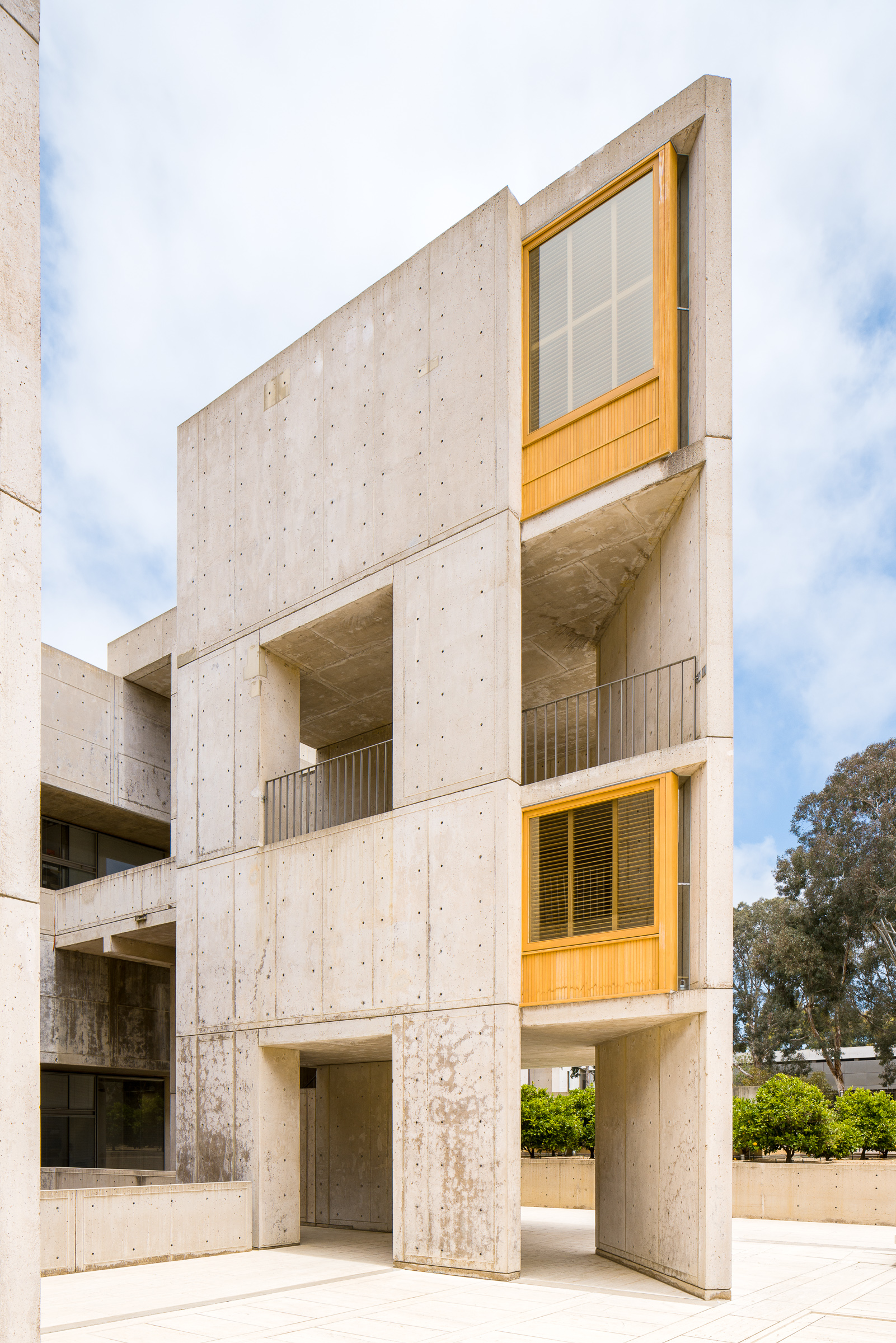
Salk Institute for Biological Studies in La Jolla, CA by architect Louis Kahn. Photo by Jason R. Woods.
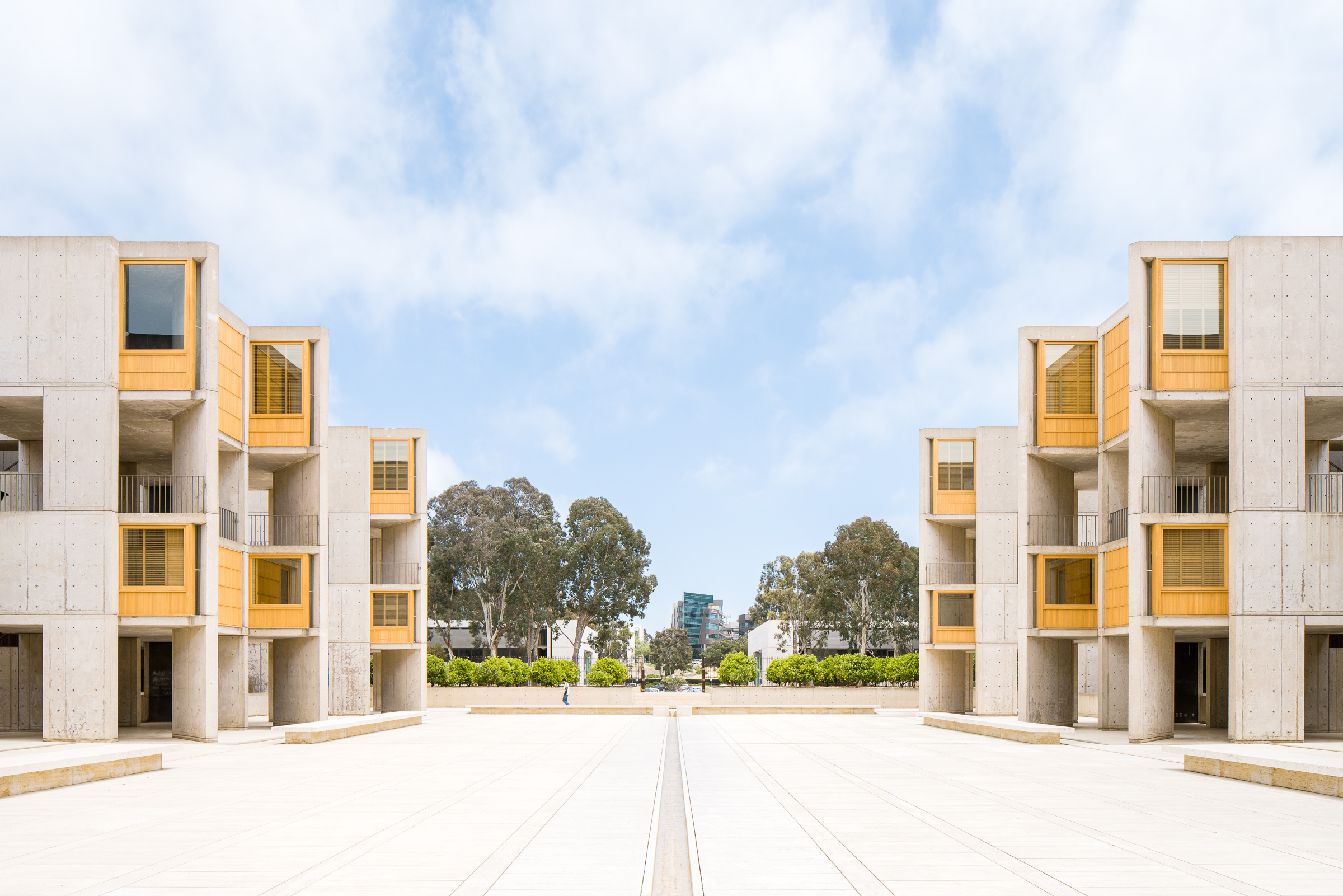
Salk Institute for Biological Studies in La Jolla, CA by architect Louis Kahn. Photo by Jason R. Woods.
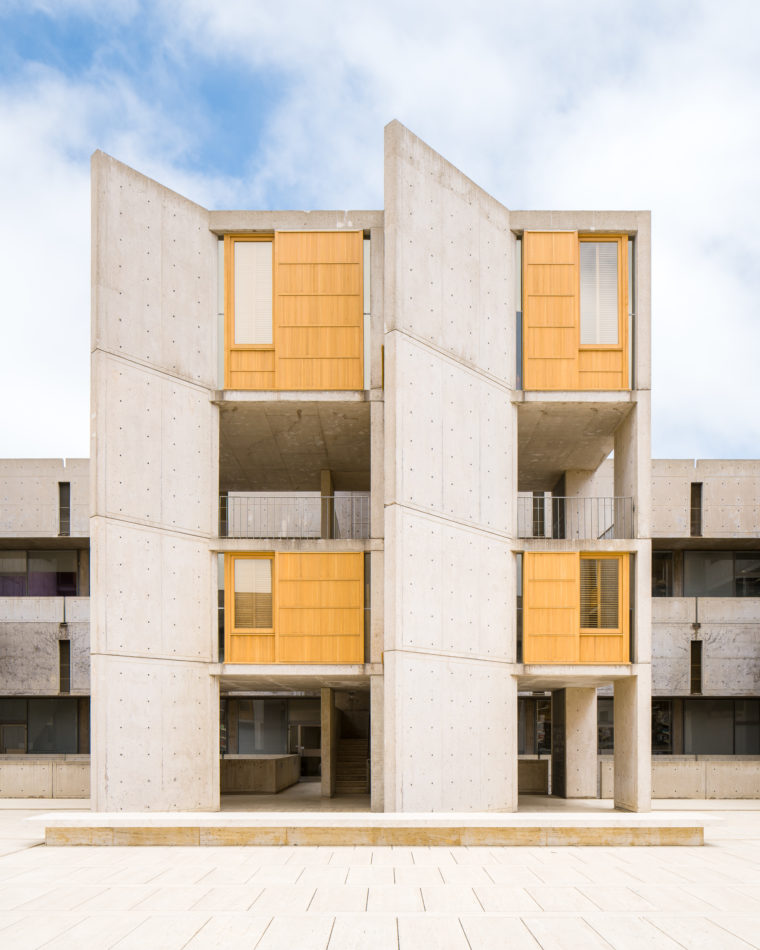
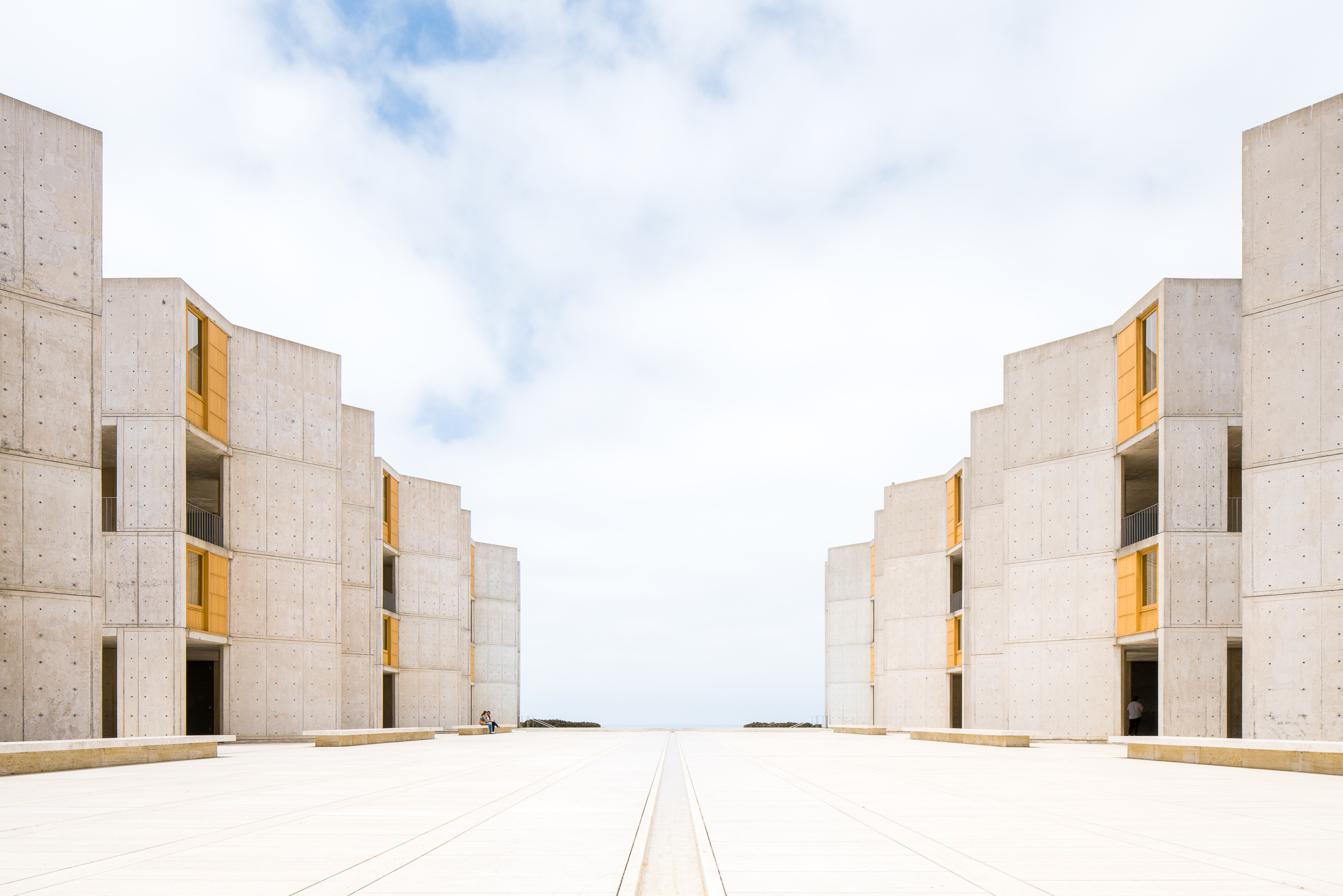
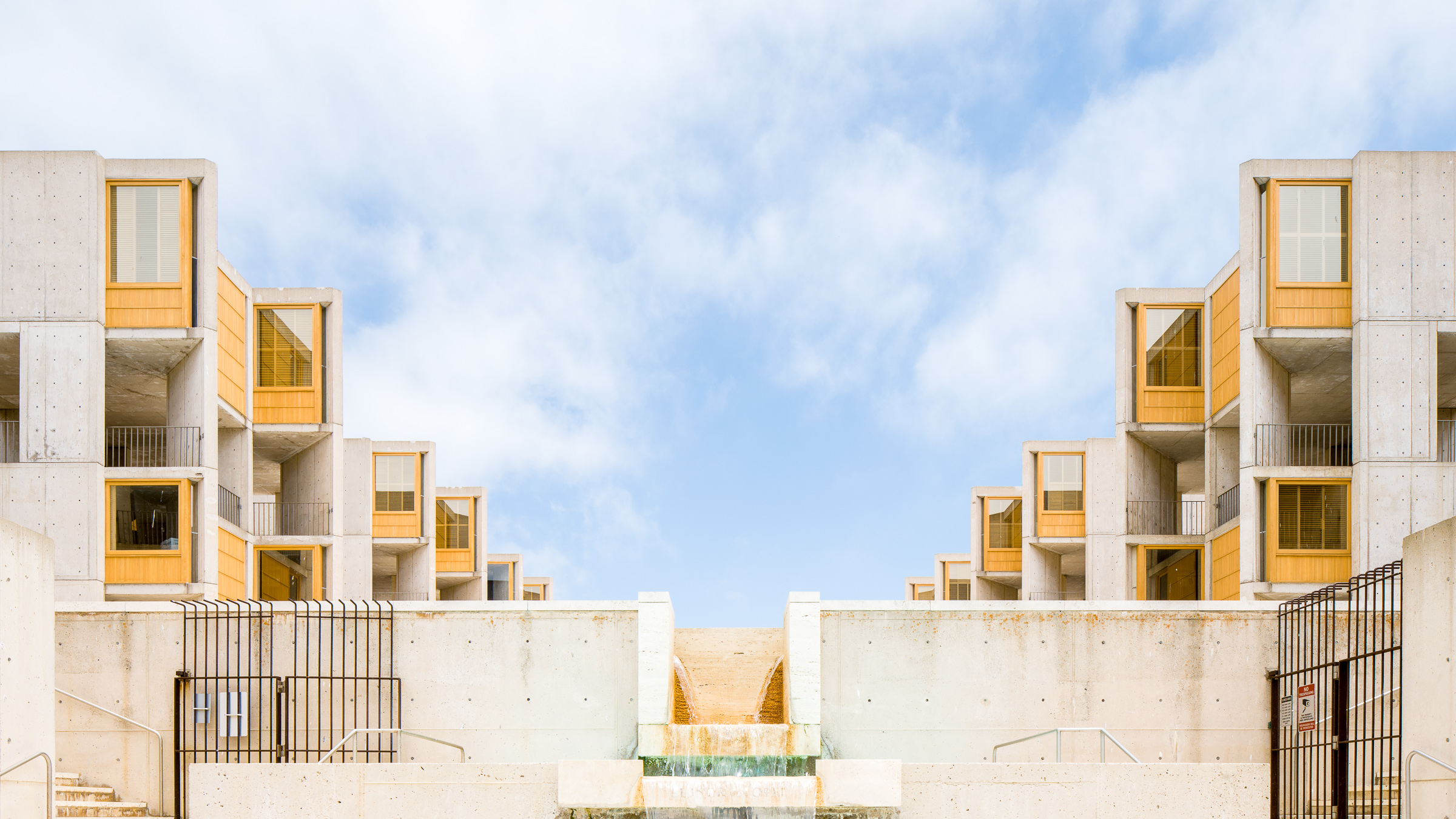

1 comment
Pingback: UCSD: A Brief Introduction | Jason R Woods | Architectural Photography
Comments are closed.